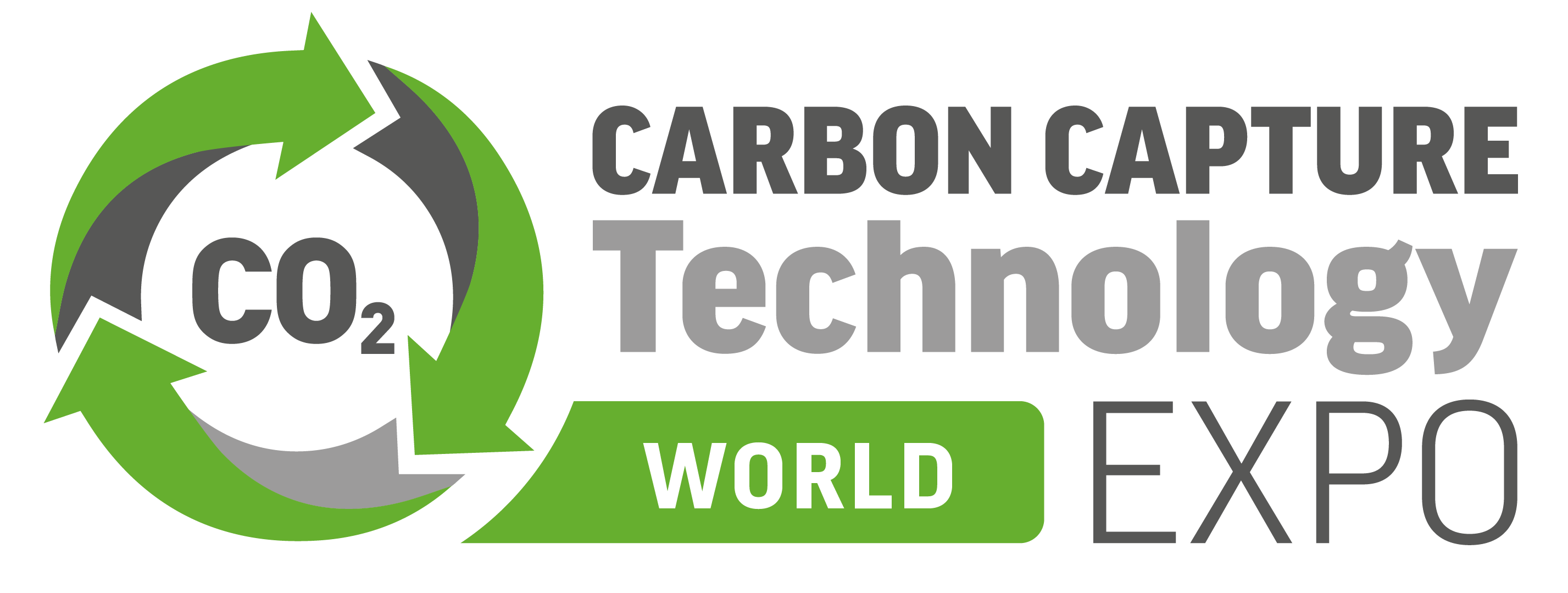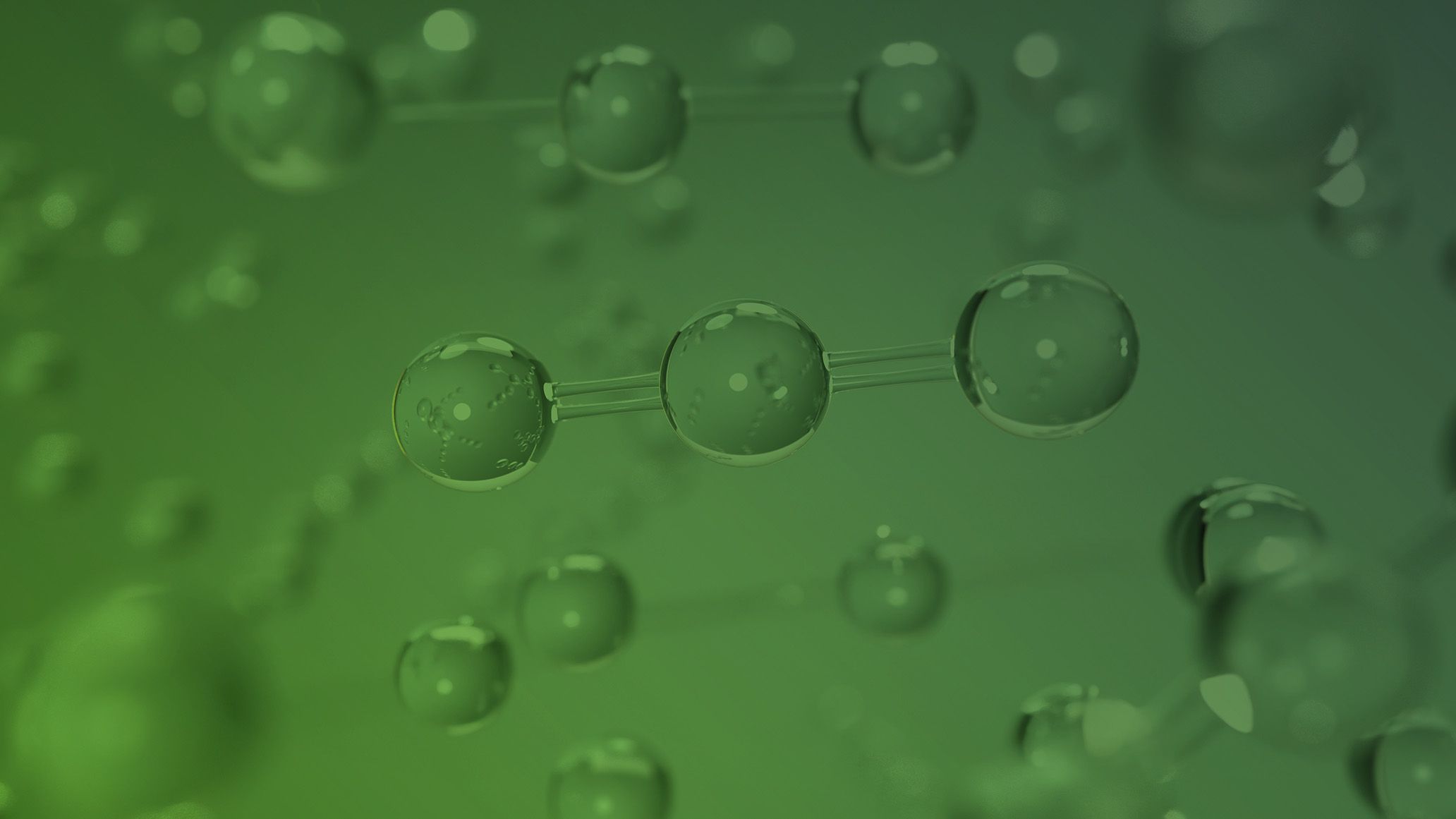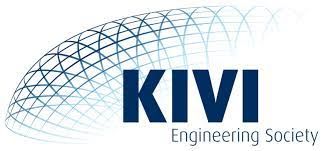Research proves that charged molecule layers improves direct air capture of CO2
)
It has been shown by Researchers at Oak Ridge National Laboratory, that applying small molecular tweaks to various surfaces, has the ability to improve absorption technology. This is a significant step forwards and is extremely beneficial to the process which uses direct air capture to capture carbon dioxide.
This research was proven through using amino acids, which react with CO2 and are also environmentally friendly. It has been shown that putting the amino acids through this reaction gives them potential for use in liquid-based DAC. However, as the amino acids are not naturally drawn to surfaces where an interaction with CO2 could be possible, the team from ORNL experimented with adding a charged polymer to an amino acid solution. From there, the researcher used spectroscopy and simulation to create a layer that can hold an amino acid at its surface. Through further research, it was then discovered that the surface-bound amino acid was able to accelerate CO2 capture by 15%.
The next step in the process, involves the researchers searching for energy-efficient ways to exchange surface sorbent materials.
ORNL’s Uvinduni Premadasa, commented, “It’s exciting to see that such a small change to an interface can make such a huge difference.”
ORNL's Benjamin Doughty, added, "Once you saturate the solution, you need to regenerate the materials and interfaces.”




)
)
)
)
)
)
)
)
)
)
)
)
)
)
)
)
)
)
)
)
)
)
)
)
)
)
)
)
)
)
)
)
)
)

)
)

)
)
)
)
)
)
)
)
)
)
)


)
)
)
)
)

)
)

)

)
)
)
)
)
)
)
)
)


)
)
)

